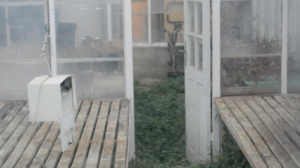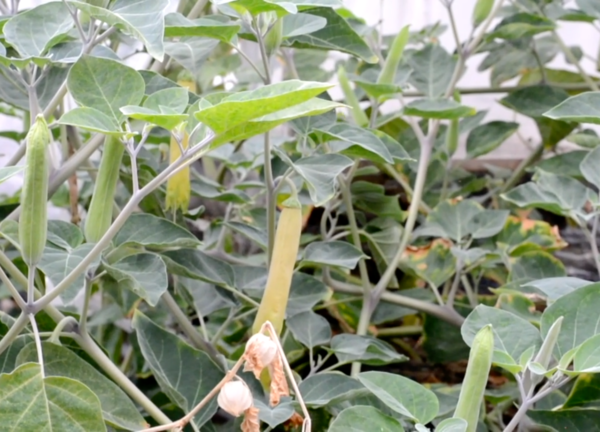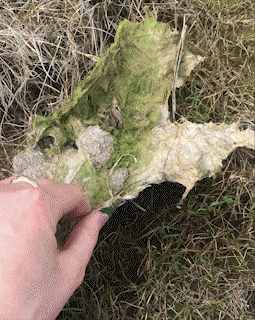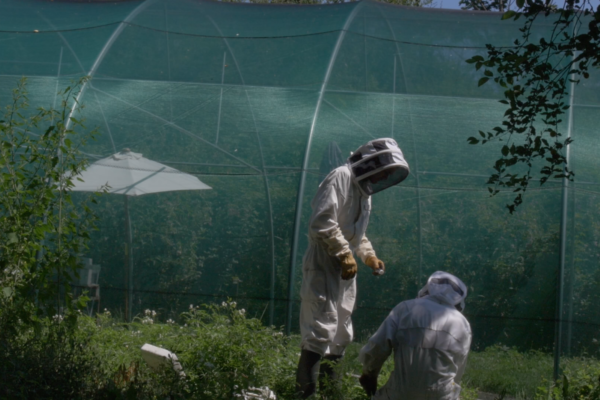The world is divided into two. Nature and human. We, the humans, have concluded that this is how it inevitably is and that is why we have not treated nature with sufficient care or reflection.
Nature is not me, I am not nature. I, man, will maintain my right to live my life as I desire – and I can and will pay for it. I can buy nature but nature can’t buy me.
Dualism shines through and the many potentials and dreams of the technological world has put us to sleep and lulled us into what has become a living nightmare. We forgot to wake up because the dreams of globalization, mobility, and wealth were so sweet.
Science fiction plots and dystopias formulated in the previous century is the reality of today. In spite of the fact that nature is everything and that its wellbeing is the premise of human wellbeing, its calling for help has been drowning in our desire for development and power. It all comes down to who speaks the loudest and with strongest conviction (and we all know conviction can be bought for money). Plants have lost this game. Until now. Because they want to take revenge, they are starting to mobilize, they have prepared for the mass extinction for thousands of years, they have developed the smartest secret subterranean network of communication and community; here they debate and make strategies for planetary takeover. They are patient, calm, self-sacrificing. Passing on their last nourishment to the others in the network if they are dying themselves. Self-organized and solidary energy donation.

The short film The Fifth Garden is a cry from the green inhabitants of an enclosed greenhouse in Copenhagen. They live in an abandoned corner of the botanical garden – the garden of dead and wild. The plants are growing wildly and are taking over the old facilities of the greenhouses while waiting for their fateful removal. They have been waiting for 3 years.
Copenhagen University and the Danish Government are the entrepreneurs of an ambitious building project which includes a 5 storey subterranean building for the new zoological museum that will be located beneath the garden of dead and wild. It has been on sketch since 2010 and plants are awaiting their destiny.

The botanical garden in Copenhagen is one of the oldest in the world and a big part of it is to be removed to make space for the construction site. The old mimosa tree is one of the characters, all shy and frail, hidden behind the abandoned greenhouses. It is situated very close to the old zoological university building which is to be demolished and rebuilt in the exact same location with the exact same architecture and materials it consists of now. It is preserved. The mimosa was planted 22 years ago by the gardener Jimmy who is now forced to clear it to make space for the construction site. The plants are not preserved. The mimosa tree is a sensitive plant, not just in relation to climate but also in its spirit. When you pinch its leaves, it folds up timidly like when a snail crawls into its shell when you touch its tentacles. It giggles in the wind, and it has an almost human-like gesture when it moves.
The Fifth Garden is a subtle drama and all objects at the site are characters in the play. The crucial idea of the play is to give nature a voice. Inspired by writer Cia Rinne’s eco crisis book Should We Blind Ourselves and Leave Thebes? in which she writes “dualogues” (dualism + dialogues), the film plays with anthropomorphic attributions of the plants giving them human traits, stories, and voices to convey their message with.
Here’s a little clip from the film.
Blog post by Cecilie Jørck, Founder of Center For New Meaning | October 2019






